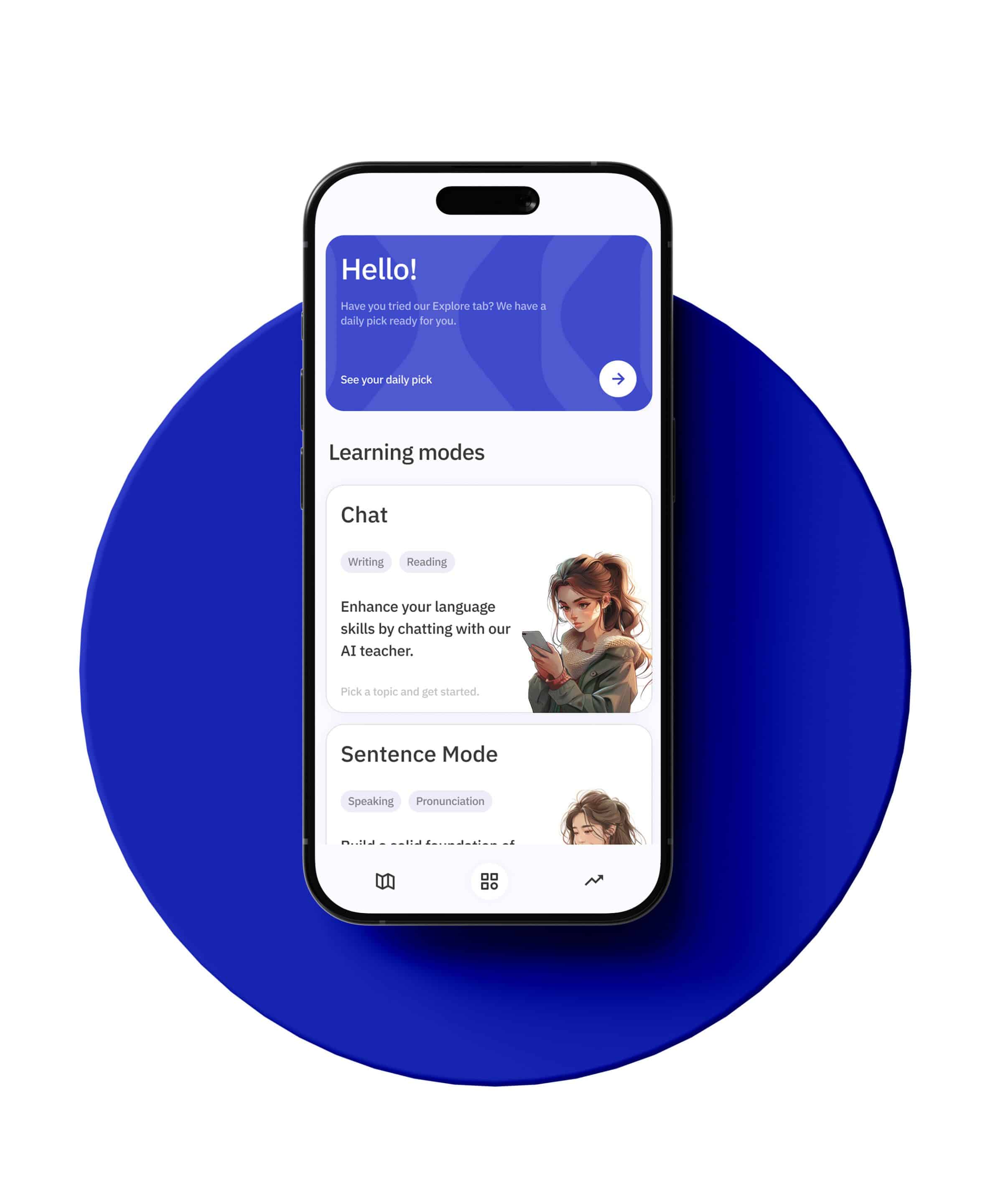When learning any new language, understanding the grammar is essential. Hindi, the fourth most spoken language in the world, is no different. One of the fundamental aspects of mastering Hindi grammar is understanding and identifying helping verbs, known as सहायक क्रियाएँ (sahayak kriyaen). These verbs play a crucial role in constructing meaningful and grammatically correct sentences. In this article, we will delve into the intricacies of helping verbs in Hindi and provide you with comprehensive insights that will help you gain a better grasp of their usage.
Understanding Helping Verbs
Helping verbs, or auxiliary verbs, are verbs that assist the main verb in a sentence to form a verb phrase. They help to convey additional aspects of the main verb such as tense, mood, and voice. In Hindi, helping verbs are used extensively and are vital for forming different tenses, aspects, and voices.
Common Helping Verbs in Hindi
The most commonly used helping verbs in Hindi include:
– होना (hona) – to be
– करना (karna) – to do
– जाना (jana) – to go
– पाना (pana) – to get
– रखना (rakhna) – to keep
Let’s take a closer look at each of these helping verbs and their functions.
होना (Hona) – To Be
The verb होना (hona) is one of the most important helping verbs in Hindi. It is used to form continuous tenses and passive voice constructions. Here are some examples:
1. Present Continuous Tense:
– मैं खा रहा हूँ (main kha raha hoon) – I am eating.
– वह पढ़ रही है (vah padh rahi hai) – She is reading.
2. Passive Voice:
– खाना खाया जा रहा है (khana khaya ja raha hai) – The food is being eaten.
– किताब पढ़ी जा रही है (kitaab padhi ja rahi hai) – The book is being read.
In these examples, the helping verb होना (hona) assists the main verb to indicate the action’s continuity or the passive nature of the sentence.
करना (Karna) – To Do
The verb करना (karna) is another essential helping verb in Hindi. It is often used to form compound verbs and to denote actions. Here are some examples:
1. Forming Compound Verbs:
– साफ़ करना (saaf karna) – to clean
– समाप्त करना (samaapt karna) – to finish
2. Denoting Actions:
– मैं काम कर रहा हूँ (main kaam kar raha hoon) – I am working.
– वह अध्ययन कर रही है (vah adhyayan kar rahi hai) – She is studying.
In these sentences, करना (karna) helps to combine with other verbs to form compound verbs that convey specific actions.
जाना (Jana) – To Go
The verb जाना (jana) is used as a helping verb to indicate the future tense or the intention to do something. Here are some examples:
1. Future Tense:
– मैं स्कूल जाऊँगा (main school jaoonga) – I will go to school.
– वह बाज़ार जाएगी (vah bazaar jaayegi) – She will go to the market.
2. Intention:
– मैं पढ़ने जा रहा हूँ (main padhne ja raha hoon) – I am going to study.
– वह सोने जा रही है (vah sone ja rahi hai) – She is going to sleep.
In these examples, जाना (jana) helps to indicate future actions or intentions.
पाना (Pana) – To Get
The verb पाना (pana) is used as a helping verb to indicate the ability or possibility of performing an action. Here are some examples:
1. Ability:
– मैं यह काम कर सकता हूँ (main yeh kaam kar sakta hoon) – I can do this work.
– वह गाना गा सकती है (vah gaana gaa sakti hai) – She can sing the song.
2. Possibility:
– क्या तुम वहाँ पहुँच पाओगे? (kya tum wahan pahunch paoge?) – Will you be able to reach there?
– क्या वह इसे समझ पाएगा? (kya vah ise samajh paayega?) – Will he be able to understand it?
In these sentences, पाना (pana) helps to express the capability or possibility of performing an action.
रखना (Rakhna) – To Keep
The verb रखना (rakhna) is used as a helping verb to indicate continuous actions or to emphasize the persistence of an action. Here are some examples:
1. Continuous Actions:
– उसने दरवाजा खोला रखा है (usne darwaza khola rakha hai) – He has kept the door open.
– उसने किताबें अलमारी में रखी हैं (usne kitabein almaari mein rakhi hain) – He has kept the books in the cupboard.
2. Emphasis on Persistence:
– वह हमेशा सच बोलता है (vah hamesha sach bolta hai) – He always speaks the truth.
– वह हर समय मेहनत करता है (vah har samay mehnat karta hai) – He works hard all the time.
In these examples, रखना (rakhna) helps to convey the continuity or persistence of an action.
Combining Helping Verbs
In Hindi, helping verbs can also be combined with each other to form more complex verb phrases. This combination helps to provide a more nuanced meaning to the sentence. Let’s look at some examples:
1. Future Continuous Tense:
– मैं पढ़ता रहूँगा (main padhta rahoonga) – I will keep studying.
– वह गाती रहेगी (vah gaati rahegi) – She will keep singing.
In these examples, the combination of रहना (rahna) and होना (hona) helps to form the future continuous tense, indicating an ongoing action in the future.
2. Past Perfect Tense:
– मैं सो चुका था (main so chuka tha) – I had slept.
– वह खा चुकी थी (vah kha chuki thi) – She had eaten.
In these sentences, the combination of चुकना (chukna) and होना (hona) helps to form the past perfect tense, indicating that an action was completed before another action in the past.
Identifying Helping Verbs in Sentences
To identify helping verbs in Hindi sentences, it is essential to look for verbs that assist the main verb in forming different tenses, moods, and voices. Here are some tips to help you identify helping verbs:
1. Look for Auxiliary Verbs:
– Identify common helping verbs like होना (hona), करना (karna), जाना (jana), पाना (pana), and रखना (rakhna) in the sentence.
2. Analyze the Verb Phrase:
– Check if the verb phrase consists of multiple verbs where one verb is helping the main verb to convey a specific meaning.
3. Understand the Context:
– Consider the context of the sentence to determine if the verb is acting as a helping verb or a main verb.
4. Pay Attention to Tenses:
– Helping verbs often play a crucial role in forming different tenses, so pay attention to the tense of the sentence.
Let’s practice identifying helping verbs in some sentences:
1. मैं किताब पढ़ रहा हूँ (main kitaab padh raha hoon) – I am reading a book.
– Helping Verb: रहा (raha) from the verb होना (hona) indicating present continuous tense.
2. वह गाना गा चुकी है (vah gaana gaa chuki hai) – She has sung the song.
– Helping Verb: चुकी (chuki) from the verb चुकना (chukna) indicating past perfect tense.
3. मैं स्कूल जाऊँगा (main school jaoonga) – I will go to school.
– Helping Verb: जाऊँगा (jaoonga) from the verb जाना (jana) indicating future tense.
4. क्या तुम वहाँ पहुँच पाओगे? (kya tum wahan pahunch paoge?) – Will you be able to reach there?
– Helping Verb: पाओगे (paoge) from the verb पाना (pana) indicating possibility.
Practice Exercises
To solidify your understanding of helping verbs in Hindi, let’s practice with some exercises. Identify the helping verbs in the following sentences:
1. वह दौड़ रहा है (vah daud raha hai) – He is running.
2. मैंने अपना काम पूरा कर लिया है (maine apna kaam poora kar liya hai) – I have completed my work.
3. वह किताबें पढ़ती रहेगी (vah kitabein padhti rahegi) – She will keep reading books.
4. क्या तुम मेरे साथ आओगे? (kya tum mere saath aaoge?) – Will you come with me?
5. वह अपना होमवर्क कर चुकी है (vah apna homework kar chuki hai) – She has finished her homework.
Answers:
1. रहा (raha) from the verb होना (hona) indicating present continuous tense.
2. कर (kar) from the verb करना (karna) and लिया (liya) from the verb लेना (lena) indicating present perfect tense.
3. रहेगी (rahegi) from the verb रहना (rahna) indicating future continuous tense.
4. आओगे (aaoge) from the verb आना (aana) indicating future tense.
5. चुकी (chuki) from the verb चुकना (chukna) indicating past perfect tense.
Conclusion
Helping verbs are an integral part of Hindi grammar, and understanding their usage is essential for constructing grammatically correct and meaningful sentences. By familiarizing yourself with common helping verbs like होना (hona), करना (karna), जाना (jana), पाना (pana), and रखना (rakhna), you can enhance your proficiency in Hindi. Practice identifying helping verbs in sentences and pay attention to their role in forming different tenses, moods, and voices. With consistent practice, you will develop a strong foundation in Hindi grammar and improve your overall language skills. Happy learning!







